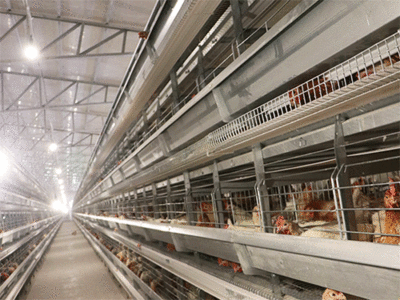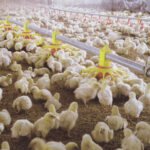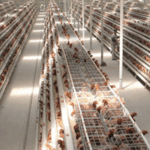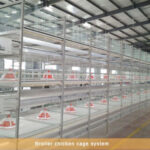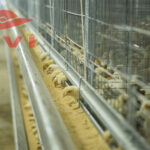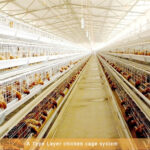Is the chicken cages the cheaper the better?
The chicken cages price in Kenya and the quality of battery cage systems are directly related to the interests of farmers. The ratio of brooding, breeding and laying hens of many chicken farmers is unbalanced and cannot meet the requirements. The rearing area is often too small, the stocking density is too high, and the feed and drinking troughs are insufficient. It can be said that this is a common problem for chicken farmers, and it is also one of the important factors affecting the economic benefits of laying hens.
Some poultry farmers prefer to use chicken battery cages to raise chickens. Because raising chickens in layer chicken cages is conducive to the growth and development of chickens. Improve egg laying performance of chickens.
With laying hens, the harvest is after the hens lay their eggs. Different grades of chicken equipment and mismatched equipment for raising chickens, breeders and laying hens have specifications and ratio requirements. Poultry farming equipment needs to be matched accordingly, which is conducive to the normal growth and reasonable turnover of chickens. Make full use of the utilization rate and operation rate of the equipment to make the allocation of depreciation cost per hen or per kilogram of eggs more reasonable, thereby reducing production costs.
Nowadays, most laying hens are raised in chicken cages of chicken raising equipment, and chicken cages are indispensable equipment. Therefore, chicken farmers generally pay attention to it. However, the quality of chicken raising equipment lacks the ability to identify, and the price is often lower when purchased.
Chicken raising equipment is where hens live, produce and sleep, and its quality cannot be ignored. The quality, width and slope of the chicken coop are very important. In the same chicken farm, the difference in the quality of the chicken cages produced by the two poultry equipment manufacturers has led to significant differences in egg production, number of dead scouring and broken egg rates.
Another common issue worth noting is the stocking density in the chicken coop. 22.5% of the hens died before 305 days of age, at which point the number of hens per cage increased to 5. According to production report statistics, the egg production rate of chickens with excessive cage density is 5% to 15% lower than that of normal chickens.
